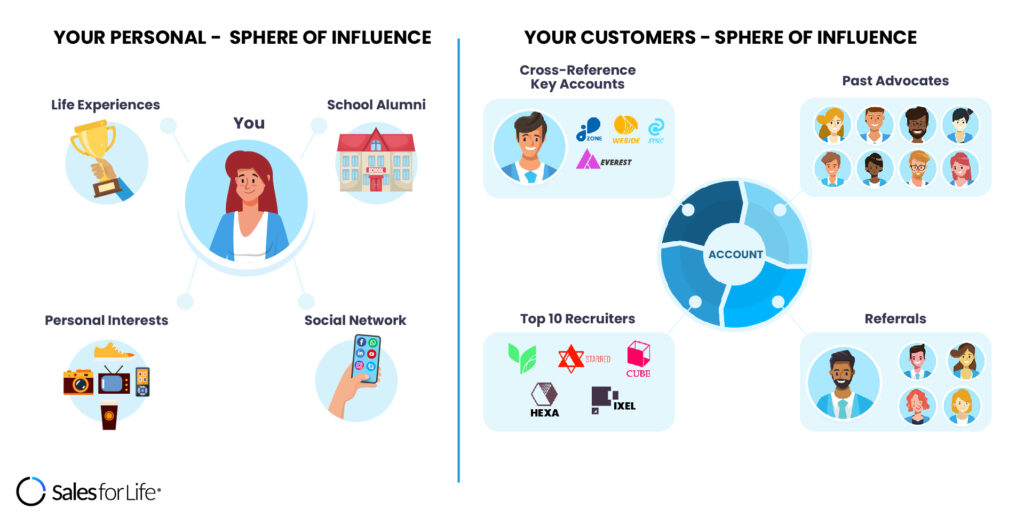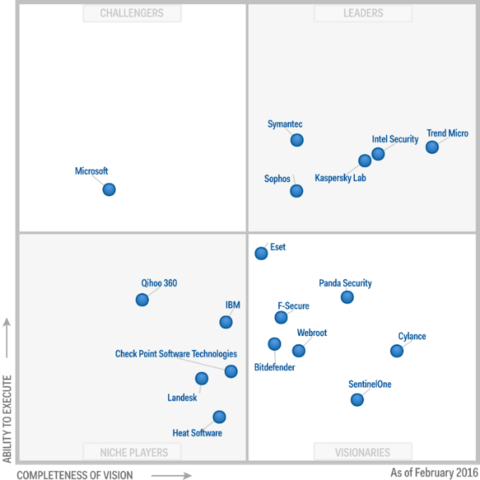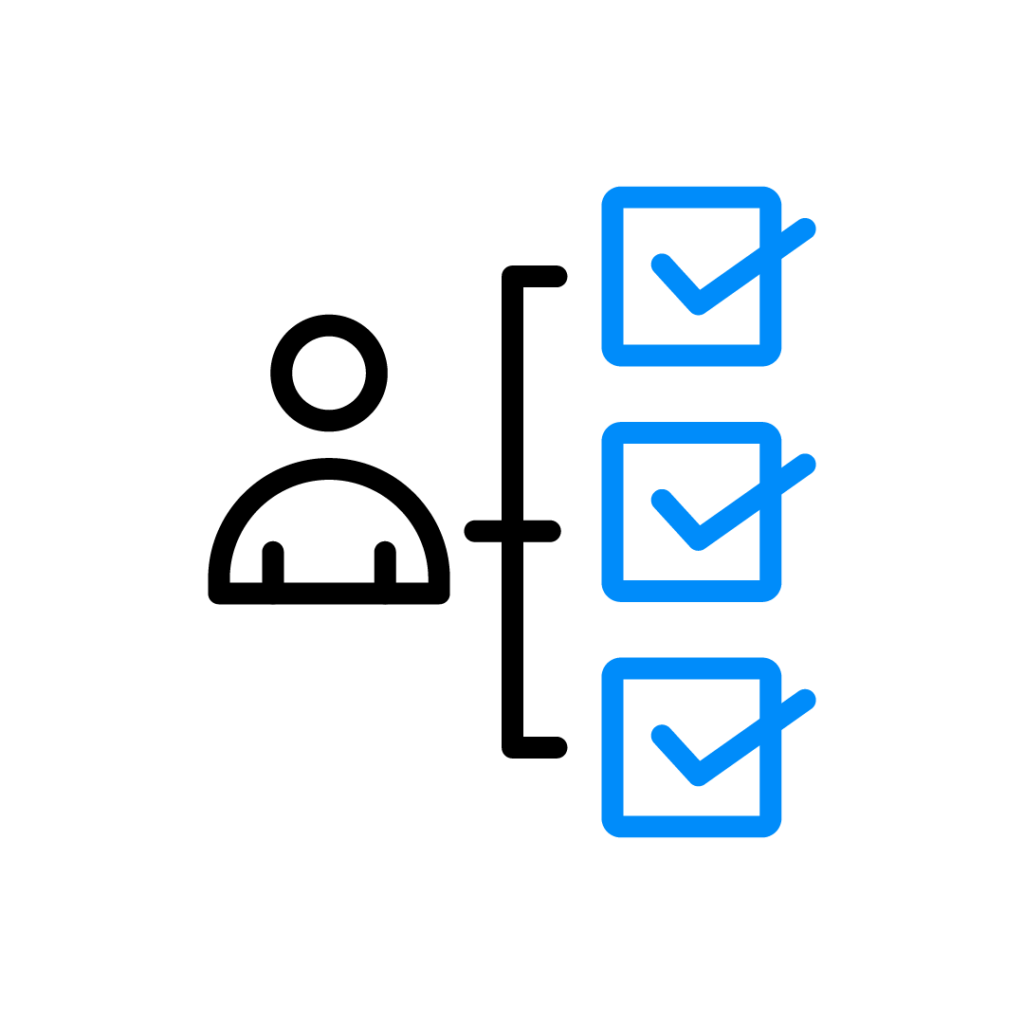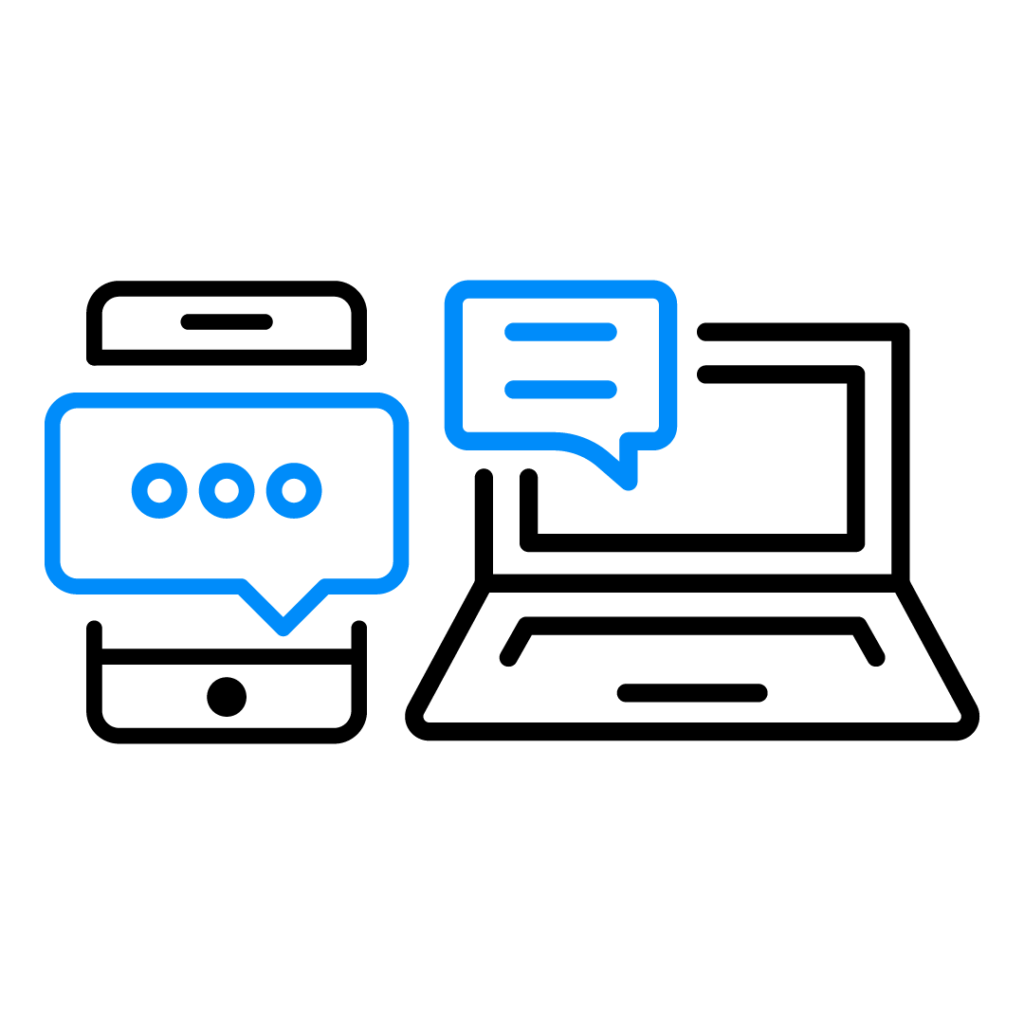When we launched our initial sales training services back in 2012, we were stuck in a basic sales quandary: We had very limited time until we ran out of money, but we had thousands of potential accounts in the Toronto market that we needed to target.
If you were in our shoes, how would you start?
If you’re only familiar with analog sales tactics, you’ll probably create a list of the fastest-growing companies in your target industry or vertical and call them, one by one, to talk about your product or service.
Now, this route wouldn’t take you very far.
Yes, given enough time, you might be able to crack into one of these accounts. And yes, the financial value and brand reputation of these accounts would have been excellent, and they would make a great addition to your company’s portfolio.
But this process is extremely tedious, and chances are you would have run out of money way before you could reach your target.
This all changed when we created the Sphere of Influence account selection process—a much faster way of securing leads.
What is the Sphere of Influence account selection process?
The Sphere of Influence sales play is usually implemented at the first point of engagement with the customer. This sales play aims to humanize the seller by demonstrating the high social proximity shared by the seller and the customer. This sales play reduces the customer’s apprehension of unsolicited engagement, pushing them off their status quo.

Your company’s Sphere of Influence may include:
- The employees who currently work at your customer accounts
- The previous employees of your customer accounts
- The competitors of your customer accounts
- The vendors and partners associated with/supplying your customer accounts.
Your own personal Sphere of Influence may include:
- Your family
- Your friends
- Your sports, community and/or religious social network
- Your previous school alumni
These are experiences and relationships that your competitors can’t easily replicate. That’s why each of these relationships creates varying degrees of asymmetrical competitive advantages for you.
Starting your Sphere of Influence account selection process
If you are a sales professional, you should first forget about the predetermined named or targeted accounts that you’ve already focused on. While some of your targeted accounts might have been pre-assigned to you for various reasons (as is the case of most sales professionals globally), a portion of the accounts within your territory can be selected at your discretion.
This is where you should apply the Sphere of Influence.
1. Choose an existing customer: Select an existing customer that can present a large opportunity base of new accounts. Here are some examples you can start with:
- Accounts with high churn (but great success with your solution) – Key stakeholders that may have used your solution during their time with the existing customer and have since moved on to become directors, vice-presidents, and/or C-level executives in their new companies.
- Accounts with large partner ecosystems – Brands that are highly recognizable and whose name would easily attract a new buyer’s attention when mentioned in future sales engagements.
- Accounts that are renowned in their respective fields – When a company has an excellent reputation, especially in highly competitive industries, even the mention of their name will generate engagement.
2. Focus on your advocates who have moved on to new companies: The Sphere of Influence sales play has created more opportunities and revenue for Sales for Life’s customers than any other account selection action. In fact, one study conducted by one of our customers showed that their highest-converting opportunities were their customer referrals, clocking in at 68.7%.
Now, how can you achieve these numbers for your organization?
First, look for your customer’s previous employees using LinkedIn. Focus on those who are in a position of power and have become a potential champion, influencer, or decision-maker at a new account that meets your ICP. Prioritize people who switched companies less than 1 year ago—newly hired key stakeholders are keener to bring change, and might also bring along the people, processes, and/or technology that helped drive success in their past business.
3. Map your existing accounts, including their competitors, partners, and vendors: The most common sales play you can then do is to identify the competitors of your customer base. You can also identify companies that sell to the same vertical or even buyer persona as your existing customers. While they don’t directly compete with your customer, they compete for mindshare and budgets.
For partners and vendors, look for channel partners, alliances, and vendors of record. These companies know your customer’s name well, and their successes are intertwined.
4. Look at the social proximity of referral candidates: Remember that each of your existing customer accounts is made up of people with high social proximity to like-minded people, who could very well be key stakeholders in other companies that you want to do business with.
Organize the people that have relationships with their customers. If necessary, seek out these relationships yourself. With sales quota attainment on the line, leveraging customer relationships in order to broker sales opportunities will give you an asymmetrical competitive advantage.
Don’t limit your options to only the customer advocates that your team really likes and deals with all the time. Push your team to extend their social proximity range by assigning them to form a 1st-degree LinkedIn connection with champions, influencers, and decision-makers within their target accounts.
5. Determine the accounts and connections with the highest social proximity to your customer base: Your Total Addressable Market (TAM) can increase when you can see the entire social networks of your 1st-degree LinkedIn connections. The ensuing web of connections could be overwhelming, so focus on the first five accounts that an advocate has the highest social proximity to. Perhaps they used to work at that company, or they have family who works there, or they’ve been a vendor or a partner of your advocate for a few years.
High social connections in an account are usually correlated to high social proximity, making this an asymmetrical competitive advantage that will provide you a higher “propensity to buy” score.
Conclusion
The Sphere of Influence concept is the overarching framework that leverages relationships with high social proximity to gain an asymmetrical competitive advantage over your competition. If you already have relationships within your target accounts, it’ll be easier to influence their decision-making process. Their high social proximity to your successes, customers, and advocates will make it easier for them to relate to your stories.
With the Sphere of Influence sales play, you can develop targeted account lists by using your existing network to gain an asymmetric competitive advantage. This involves thinking outward from a customer-centric core, rather than just using subjective biases such as the potential commission score. The result: A larger customer base, higher conversions, and stronger customer relationships.














